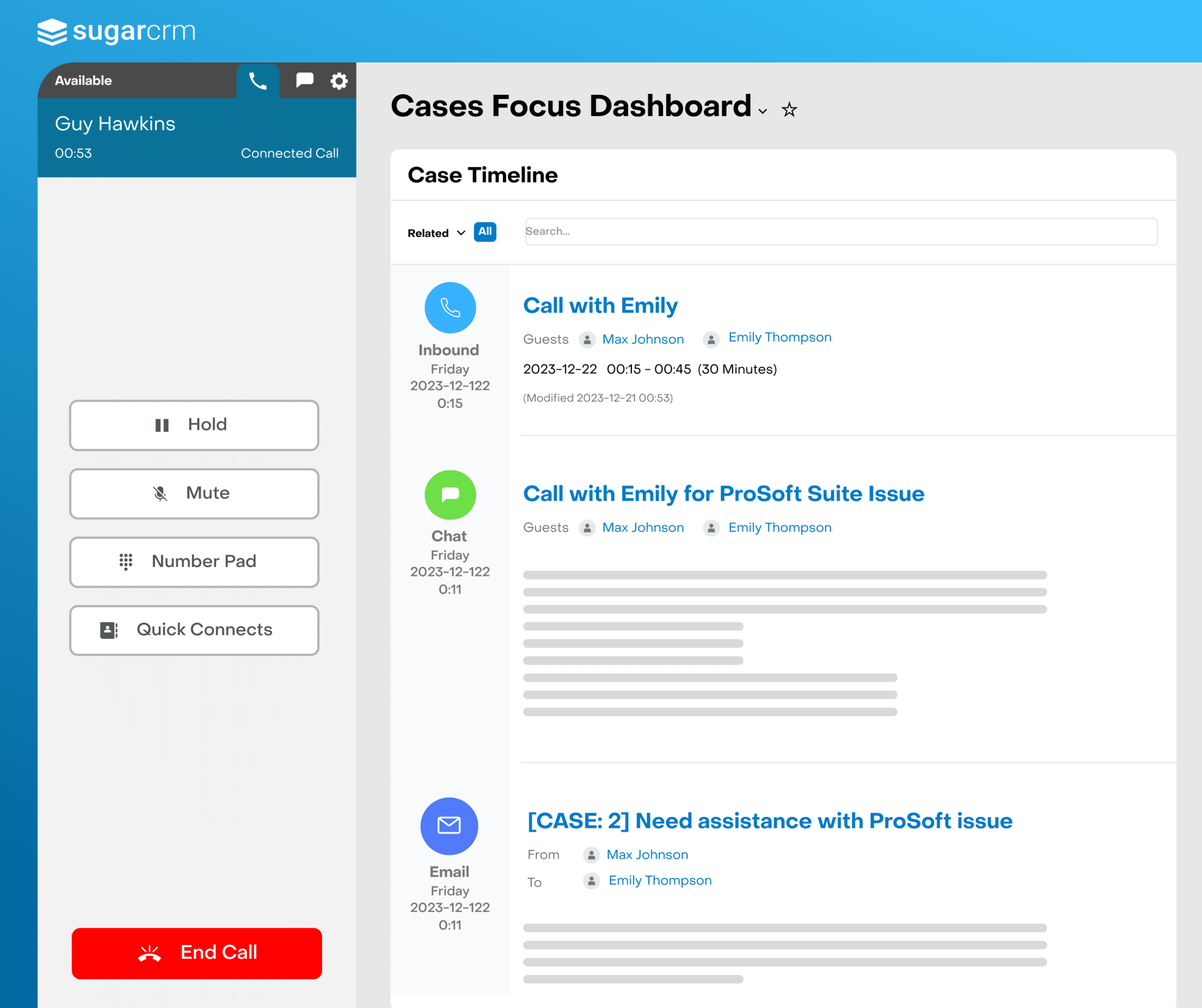6 Signs Your Business Needs to Switch Its Marketing Automation Platform
Software change is a big decision for all companies. Many remain reluctant and, sadly, stuck with a tool that under-delivers and makes the easy things harder. Regarding marketing departments, having a tool that helps you automate and, most importantly, delivers complete insights into your audience is critical. Such tools directly impact your teams’ (Marketing, Sales, and Support) ability to deliver omnichannel experiences to your customers and affect business outcomes.
Thus, ensuring your Marketing Automation Platform (MAP) delivers at the expected level is highly important. Let’s see the signs that your current MAP is under-delivering, and the subtle indications you should start looking into appropriate alternatives ASAP.
1. Your Current Platform Has Low Adoption Rates
Having easy-to-use marketing automation software is the key to a successful marketing department. And any piece of software is only as valuable as the internally used rate. If you’re delivering proper training to ensure adoption success, yet aren’t seeing full adoption of your current MAP, it may be time to search for alternatives.
For instance, admin-level employees need to trust your platform in terms of setup, training, management, and internal workflows. After all, they’ll be in charge of platform maintenance and management. If adoption is lacking among these employees, your marketing automation goals are unlikely to succeed.
Alternatively, suppose team members aren’t integrating the platform you currently use into their daily routines. In that case, it could be a sign that the software lacks the functionality and processes you need at a departmental level.
So, after you notice that your platform hasn’t really enjoyed the adoption levels you hoped to see when you first rolled out the software, or if you’re noticing a decline in daily use, it may be time to jump.
2. Poor Integration with Other Software
Sometimes, businesses overlook integration capabilities when selecting departmental software. Although platform features are essential, you must also ensure that your tool seamlessly integrates with other tech pieces you use, such as your CRM.
Suppose your teams use separate software that don’t align and integrate with each other, or another central hub. In that case, you expose your business to additional risks, with siloed data and fragmented integrations being only two. When all your tech integrates with each other, you enable access to critical information in all departments. For example, you give your marketing team more insights into recurring pain points from the support tool or report about what pieces of content they should prioritize based on pipeline data from your sales automation system.
Platforms with good integration capabilities will help you save time, reduce effort, automate processes, eliminate duplicate data and procedures, and ensure data consistency and accuracy.
3. You Lack Crucial Features
It’s easy to be tricked into investing in a marketing automation platform thanks to good marketing. But all those features advertised with bells and whistles are sometimes just good advertising. Or, even if they are not, they may not be what your company needs. Besides, some MAPs come with so many features that actually complicate processes and make the daily routines of your marketing employees a pain.
While certain features can prove helpful as your department and marketing activities evolve, they can sometimes become a nuisance. If you notice that some features are getting in the way of completing certain activities or that you miss entirely features to enable you to do so, it might be time to reconsider your options.
Adding function-specific software for everything you need to complete across your department will become ineffective in terms of resources, as well as onboarding and adoption.
4. Constant Maintenance and Updating
Every time your platform is down or not performing at its intended pace, it costs your company and customers.
Apart from the support you receive for maintaining your platform and keeping it up and running, you still need someone to own processes such as adoption, documentation, process development, and implementation. Many platforms are complex in terms of management. Ideally, you should have all of these offered (or at least training) by the vendor you initially chose to collaborate with. After all, they have all the authority and know-how to operate and offer your teams the necessary guidance.
Look for a platform that delivers seamless user experiences and tech support as you need.
5. Poor Alignment Between Your MAP and Goals
Another tell-tale sign that it is time to switch to a better marketing automation platform would be that there needs to be more alignment between your organizational and departmental goals and the platform itself. If your current system is not delivering the results that could help you achieve your goals, search for pieces of tech that match your needs regarding marketing tactics and strategies.
For example, if you currently run drip nurture campaigns to help you nurture and convert leads, but your platform is making automation difficult and campaigns ineffective, it’s simply not supporting your goals and doesn’t benefit the company overall.
If you want to better align your sales and marketing departments for enablement purposes, but your platform doesn’t offer relevant insights to your sales teams, again, you should reconsider your options.
6. It Costs More Than You Initially Thought
While on paper, your current MAP might have come with everything you needed to run your activities, many vendors are guilty of hiding additional costs for critical features, such as running email campaigns. If you find yourself in a situation where costs stack up with every new initiative you have at a departmental level, searching for cost-effective solutions may be a good idea. Many vendors are upfront with their pricing, so request pricing for the core tool and specific features to better align with your budget.
Need to learn more about how a good marketing automation software can enable your business to deliver better user experiences and customer insights? Read our Email Marketing Tools vs. Marketing Automation Guide and get all the insights you need!


